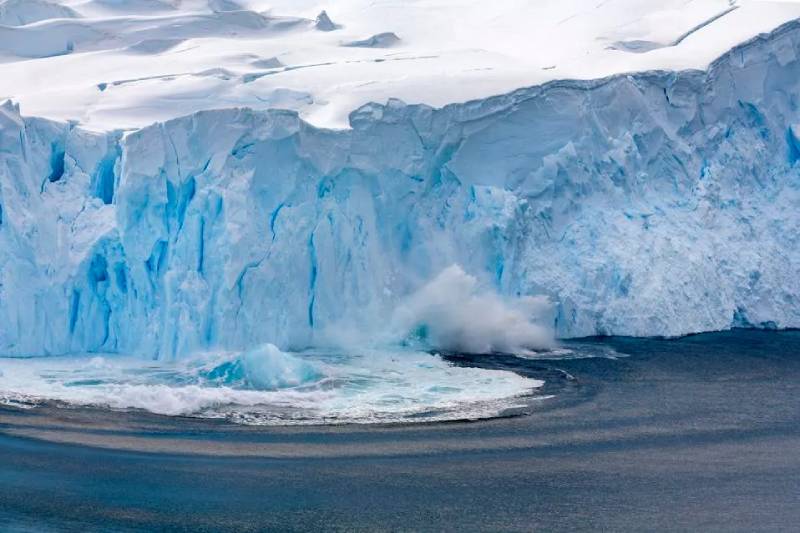The James Webb Space Telescope (JWST) has provided an unprecedented, high-resolution view of a distant cosmic neighbor located 210,000 light-years away. This celestial neighbor is NGC 346, a star-forming region within the Small Magellanic Cloud (SMC), a satellite galaxy of the Milky Way. The recently released JWST image showcases intricate details of this region, with blue wisps of light revealing emissions from molecules like silicates and polycyclic aromatic hydrocarbons, while red fragments highlight dust warmed by the brightest and most massive stars in the central part of the region.
Astronomers have identified a total of 1,001 light sources in the image, the majority of which are considered young stars that are still obscured by dust. This region of the universe is notably younger than our own Milky Way galaxy, as evidenced by the lower presence of heavy elements. NGC 346 can be observed with the naked eye in the southern constellation Tucana.
The presence of heavy elements, typically formed within stars over vast timescales and dispersed into space through processes like nuclear fusion and supernova explosions, leads to the creation of cosmic dust. Astronomers initially expected limited amounts of cosmic dust in the NGC 346 region due to its relative youth. However, the JWST image defied this expectation by revealing “ample dust within this region,” as noted by Webb representatives.
This image captured with the Mid-Infrared Instrument (MIRI) aboard the JWST enables astronomers to gain a deeper understanding of the number of stars and protostars within NGC 346. These observations could potentially offer insights into a period in the universe’s history known as cosmic noon, billions of years ago. During this epoch, the rate of star formation reached its peak across the cosmos, and heavy element concentrations were lower than what is found today—a pattern consistent with the characteristics of NGC 346.
Disclaimer: The views, suggestions, and opinions expressed here are the sole responsibility of the experts. No Atlantic Brief journalist was involved in the writing and production of this article.


